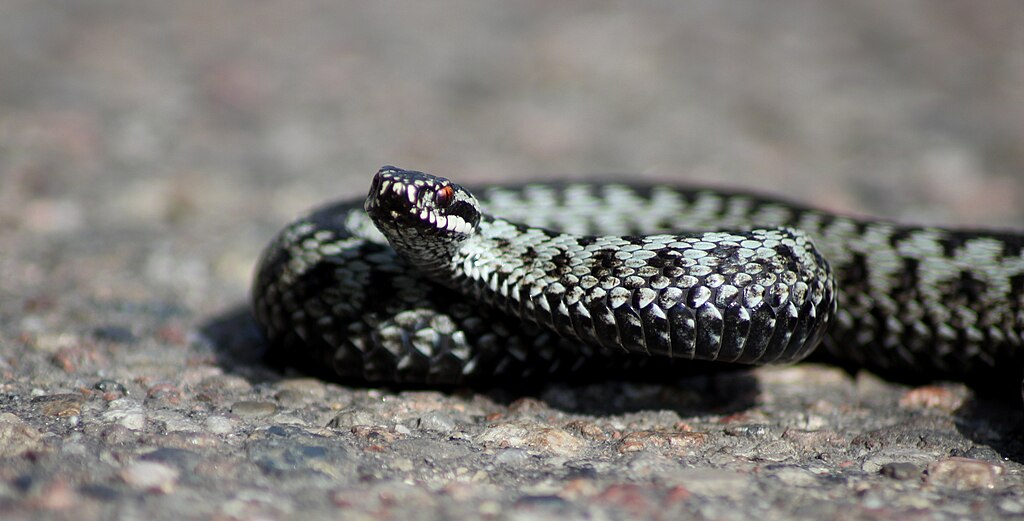In the silent, slithering world of serpents, survival depends on adaptation. Among the many remarkable features that have evolved in snakes over millions of years, their scales stand as marvels of natural engineering. Unlike the common misconception that snakes must seek out rough surfaces to “sharpen” their scales, the reality is far more fascinating. Snakes have developed sophisticated ways to maintain their scales using elements in their environment, ensuring these protective coverings remain functional throughout their lives. From shedding processes to environmental interactions, the relationship between serpents and their surroundings reveals nature’s ingenuity at work. This exploration into how snakes use their environment to maintain their scales unveils a complex dance between creature and habitat that has been perfected through evolutionary time.
The Fundamental Nature of Snake Scales

Snake scales aren’t simply decorative features but sophisticated biological structures essential for survival. Made primarily of keratin—the same protein found in human fingernails and hair—these scales form a protective armor that shields the snake’s body from abrasion, moisture loss, and predator attacks. Unlike fish scales that grow throughout life, snake scales are actually modified skin that grows with the animal, forming a continuous layer of overlapping plates. The arrangement, texture, and shape of these scales vary dramatically between species, reflecting adaptations to different habitats and lifestyles. Desert-dwelling species typically have thicker, more closely overlapping scales to prevent water loss, while arboreal species often feature specialized scales that aid in climbing.
The Myth of Scale Sharpening
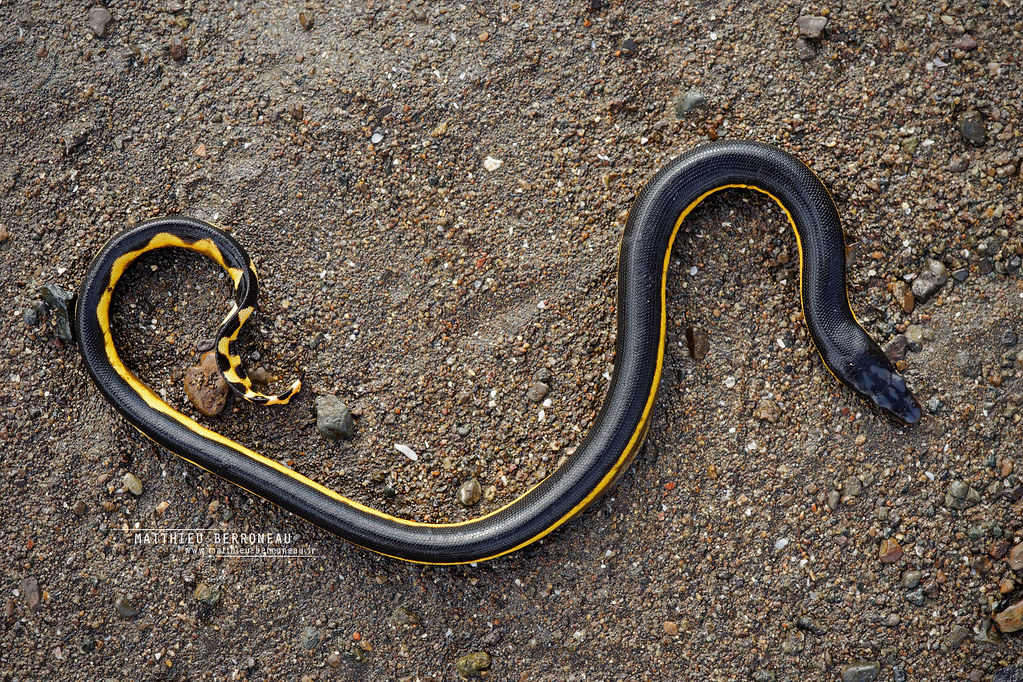
Contrary to popular belief, snakes don’t actually “sharpen” their scales in the way humans might sharpen a knife against a whetstone. This misconception likely stems from observations of snakes rubbing against rough surfaces, which serves entirely different purposes than sharpening. When snakes rub against rocks, trees, or other abrasive surfaces, they’re typically either beginning the shedding process or attempting to remove the old skin once it has started to separate. Some species may also rub against surfaces to relieve irritation or to deposit scent from specialized glands. The idea that snakes deliberately maintain the sharpness of their scales misunderstands both the biological structure of scales and snake behavior patterns.
Shedding: Nature’s Renewal Process

The process of ecdysis, or shedding, represents the primary way snakes “renew” rather than sharpen their scales. This remarkable process allows snakes to replace worn or damaged scales, accommodate growth, and remove parasites. As a snake prepares to shed, a new layer of skin forms beneath the old one, with bodily fluids separating the two layers. During this period, the snake’s eyes become cloudy as the transparent scale covering them (called the spectacle) also prepares to be shed. The environment plays a crucial role in this process, as snakes often seek out rough surfaces to help initiate the shed, using friction to create a tear in the old skin—typically starting around the mouth. Once begun, the snake continues to rub against environmental elements to work the old skin off, ideally in one complete piece.
Environmental Abrasives as Shedding Tools
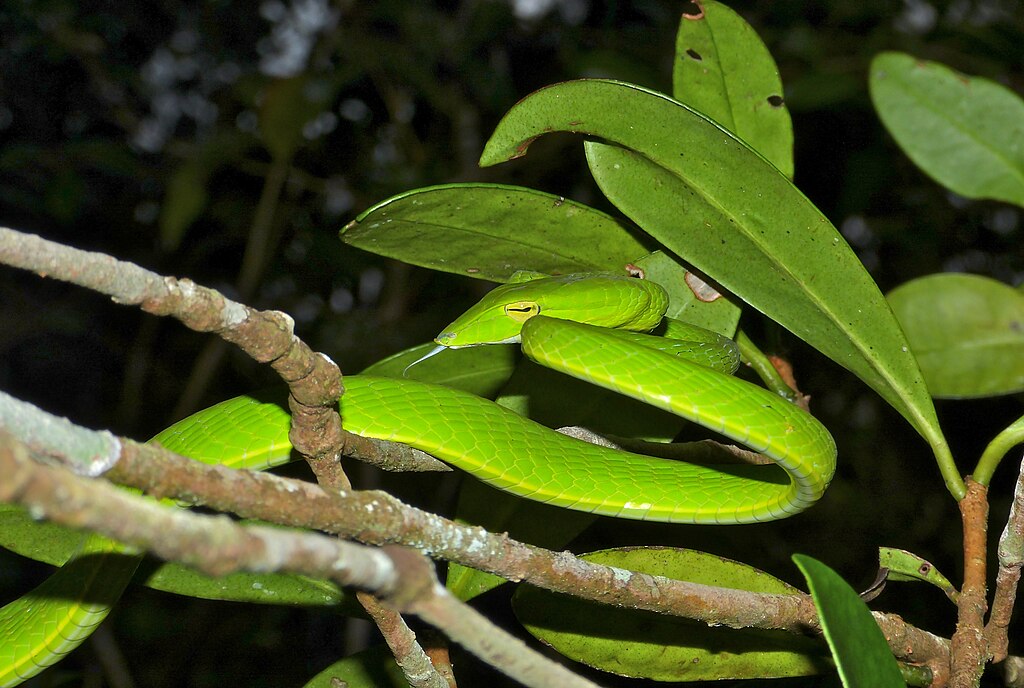
The diverse landscapes snakes inhabit offer an array of natural implements that assist in the shedding process. Rough tree bark provides an ideal texture against which forest-dwelling species can create that initial tear and continue working the old skin backward. Rocky outcroppings serve similar purposes for species that inhabit more arid environments, with the varied textures of stone offering different degrees of abrasion. Some species utilize the buried roots and packed soil of their burrows, pressing their bodies against the tunnel walls to facilitate shedding. Aquatic species may use submerged branches or stones, with the water adding another dimension to the shedding process. These environmental elements don’t sharpen scales but instead help remove the old layer entirely, revealing the new, pristine scales beneath.
Humidity and Hydration in Scale Maintenance

Water and humidity represent critical environmental factors in maintaining healthy snake scales. Proper hydration ensures that scales remain flexible and less prone to cracking or breaking, while appropriate humidity levels facilitate the crucial shedding process. Many snake species deliberately seek out water sources prior to shedding, sometimes soaking for extended periods to help separate the old skin from the new layer underneath. Species from tropical regions often utilize naturally humid microhabitats within their environment, such as decomposing logs or dense leaf litter, to maintain optimal skin conditions. Even desert species have evolved behaviors to capitalize on brief periods of higher humidity, often becoming more active after rains when conditions better support skin health and shedding. The relationship between environmental moisture and scale integrity demonstrates how snakes have adapted to use their surroundings for physiological maintenance.
Substrate Selection for Scale Health
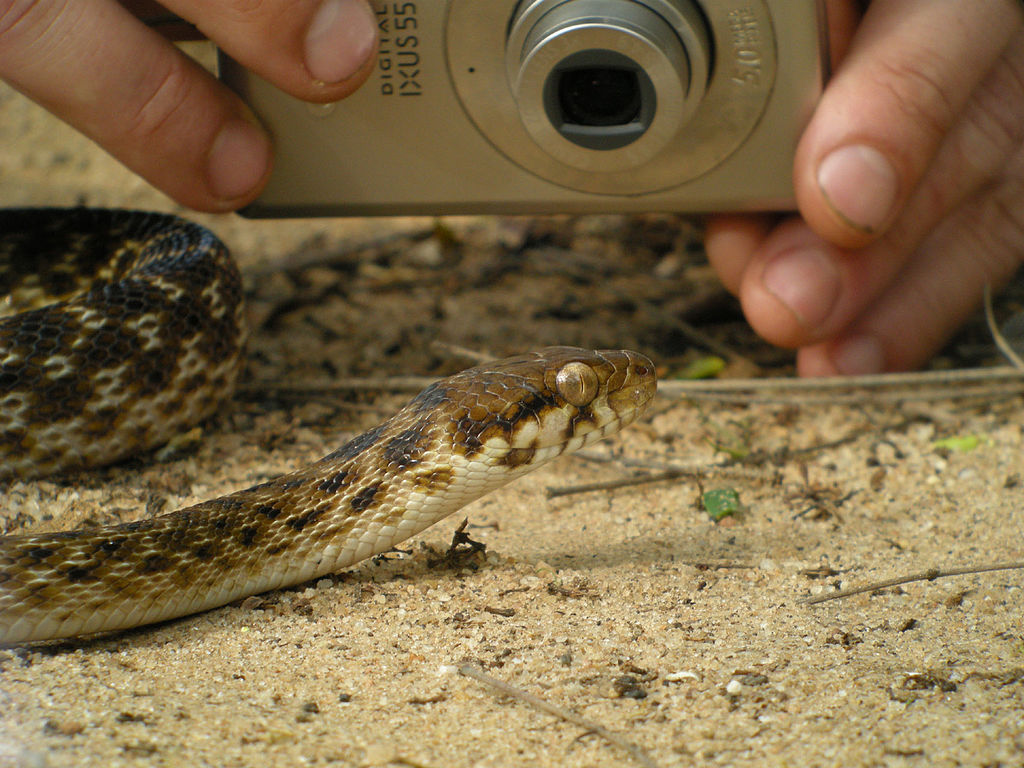
The choice of substrate—the material on which a snake moves and rests—plays an underappreciated role in scale maintenance. Different snake species show marked preferences for specific substrate types that support optimal scale health. Fossorial (burrowing) species require substrates that provide enough friction to facilitate movement without being abrasive enough to damage scales. Arboreal species that live primarily in trees benefit from branch textures that allow for secure gripping without causing excessive wear. Many species will selectively seek out specific substrate types when preparing to shed, such as choosing rougher terrain to initiate the process and smoother surfaces once the shed is underway. This deliberate interaction with diverse substrate elements demonstrates how snakes actively utilize environmental resources to maintain their protective covering.
Thermoregulation’s Impact on Scale Health
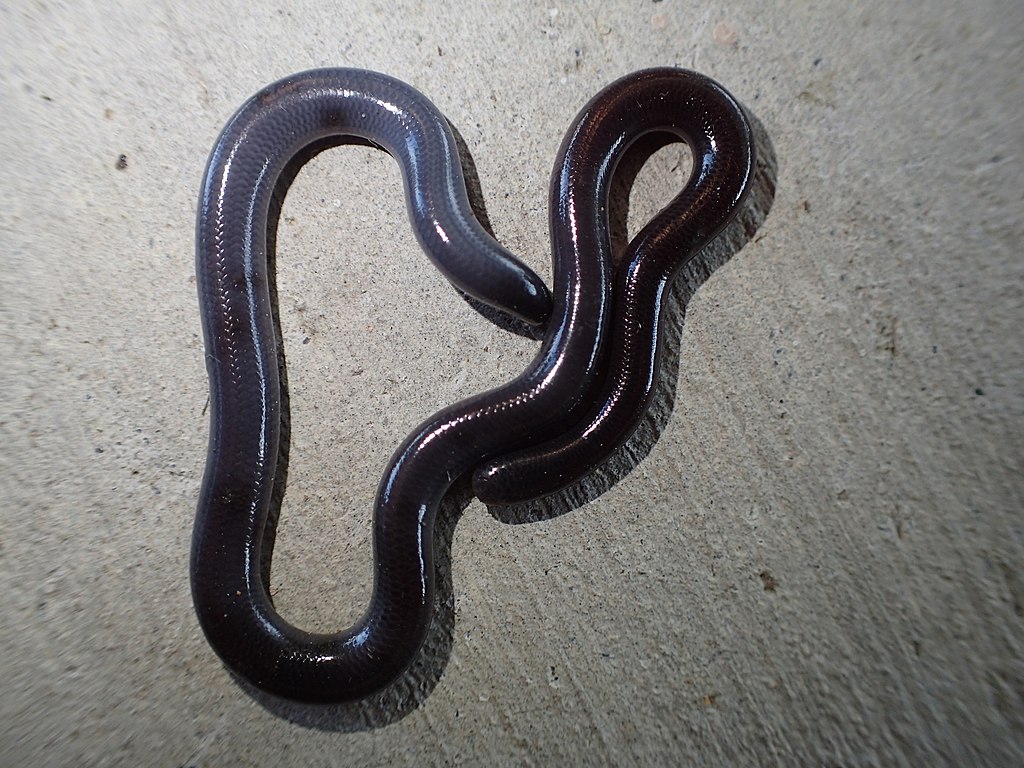
Temperature regulation represents another way snakes use their environment to indirectly maintain scale health. As ectothermic animals, snakes rely on external heat sources to regulate their body temperature, which affects all physiological processes including those related to skin and scale maintenance. Proper thermoregulation ensures optimal function of the metabolic processes that produce new scale tissue during growth periods. Basking behaviors, where snakes position themselves to absorb heat from the sun or warm surfaces, help maintain the flexibility of scales and promote healthy shedding cycles. Temperature gradients within a snake’s habitat create opportunities for the animal to select microenvironments that best support scale health at different stages of the shedding cycle. This sophisticated use of environmental temperature demonstrates yet another dimension of how snakes interact with their surroundings to maintain bodily functions.
Specialized Environmental Interactions by Species

Different snake species have evolved unique ways of using their environment for scale maintenance based on their ecological niche. Desert-dwelling sidewinders exhibit specialized movements that minimize contact between their bodies and the scorching sand, reducing scale wear while allowing efficient locomotion. Aquatic species like sea snakes have evolved specialized scale structures that help prevent algal growth, complemented by behaviors that involve rubbing against coral formations to physically remove buildup. Tree-dwelling species often use the varying textures of branches, from rough bark to smooth limbs, as tools during different phases of the shedding process. Pit vipers are known to seek out specific environmental features that support both their hunting strategies and scale maintenance, often utilizing fallen logs as multifunctional habitat elements. These specialized adaptations highlight how evolution has fine-tuned the relationship between snakes and their environment.
Social Behaviors and Scale Maintenance

While snakes are generally viewed as solitary creatures, certain social interactions can influence scale maintenance in surprising ways. Some species exhibit communal shedding behaviors, particularly when gathering in hibernacula (winter shelters) where dozens or even hundreds of individuals may congregate. In these situations, the physical contact between individuals can actually assist in the shedding process, with the scales of one snake helping to create friction points for another’s shedding skin. Mating rituals in certain species involve specific behaviors where males may rub against females, which can inadvertently assist with removing loose scales or initiating shedding. Juvenile snakes in species with parental care may benefit from the mother’s movements, which can create disturbances in the substrate that help with their first shedding experiences. These social dimensions add another layer to our understanding of how snakes maintain their scales through environmental interactions.
Defensive Applications of Environmental Features
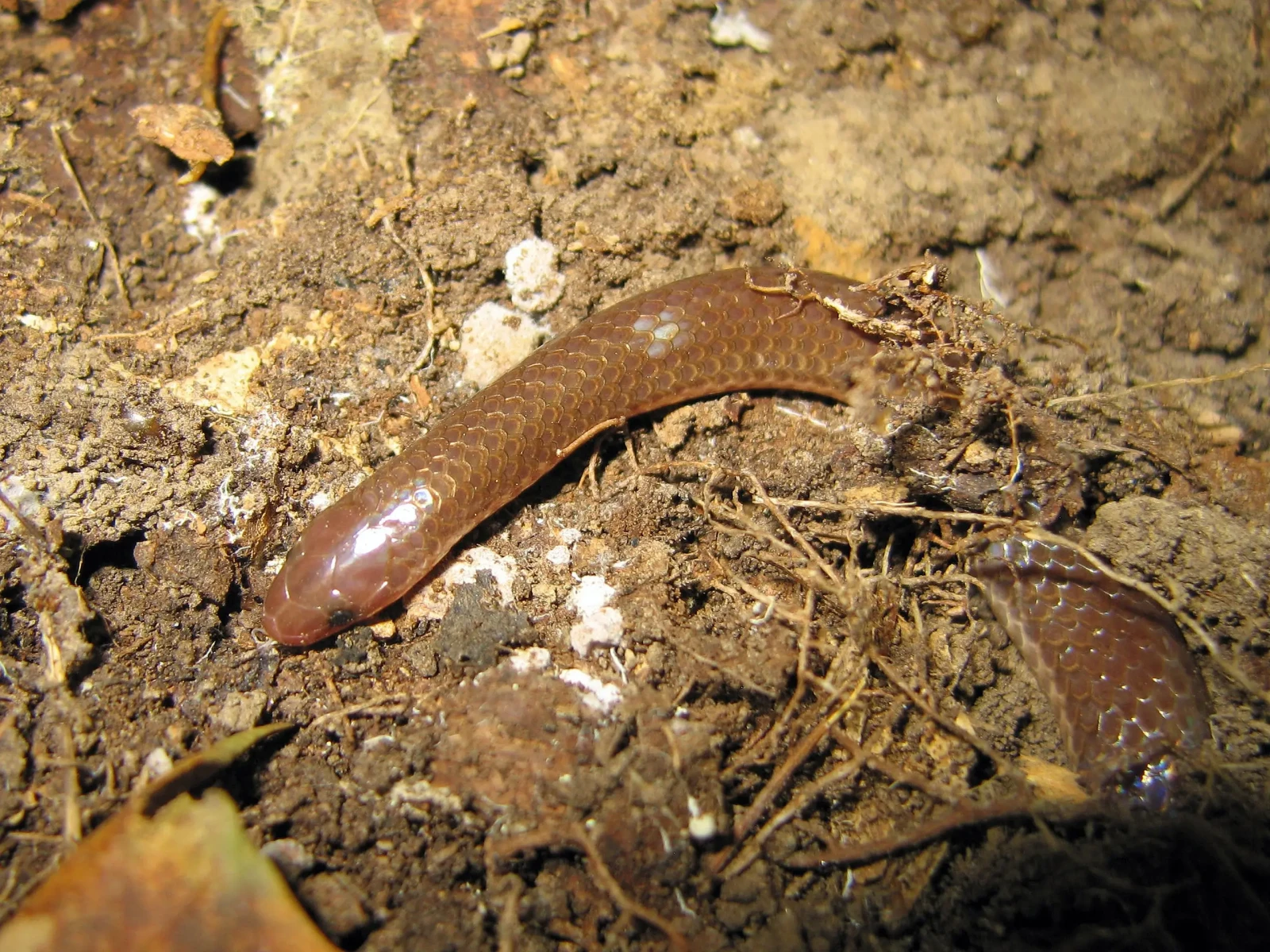
Beyond maintenance, snakes use environmental elements to enhance the defensive capabilities of their scales. Many species have evolved specialized scale structures that work in conjunction with environmental features to maximize protection. Rough-scaled species often position themselves against similarly textured backgrounds, creating effective camouflage that makes their scale patterns blend seamlessly with surroundings. Some species deliberately collect environmental materials on their scales—desert dwellers may acquire a fine coating of sand that enhances their camouflage, while forest floor inhabitants might accumulate soil particles that break up their outline. Keeled scales (those with a raised ridge) provide improved traction on certain surfaces, allowing for faster escape from predators. These interactions between scales and environment demonstrate how snakes have evolved to maximize the protective potential of their outer covering.
Seasonal Variations in Scale Maintenance

The relationship between snakes and their environment for scale maintenance shows distinct seasonal patterns. During periods of high activity, such as breeding seasons, snakes often increase their interaction with abrasive environmental elements, which can accelerate the need for shedding. Winter dormancy periods see dramatic changes in how snakes manage their scales, with many species seeking out specific microhabitats that provide stable temperature and humidity conditions that prevent desiccation of scale tissue. Spring emergence often triggers synchronized shedding in many populations, with individuals seeking out sun-warmed rocks or similar features that facilitate the process after months of reduced metabolism. Seasonal food availability also impacts scale health and shedding cycles, as proper nutrition is essential for producing the proteins needed for new scale development. These seasonal adaptations showcase how snakes synchronize their physiological processes with environmental cycles.
Environmental Challenges to Scale Health
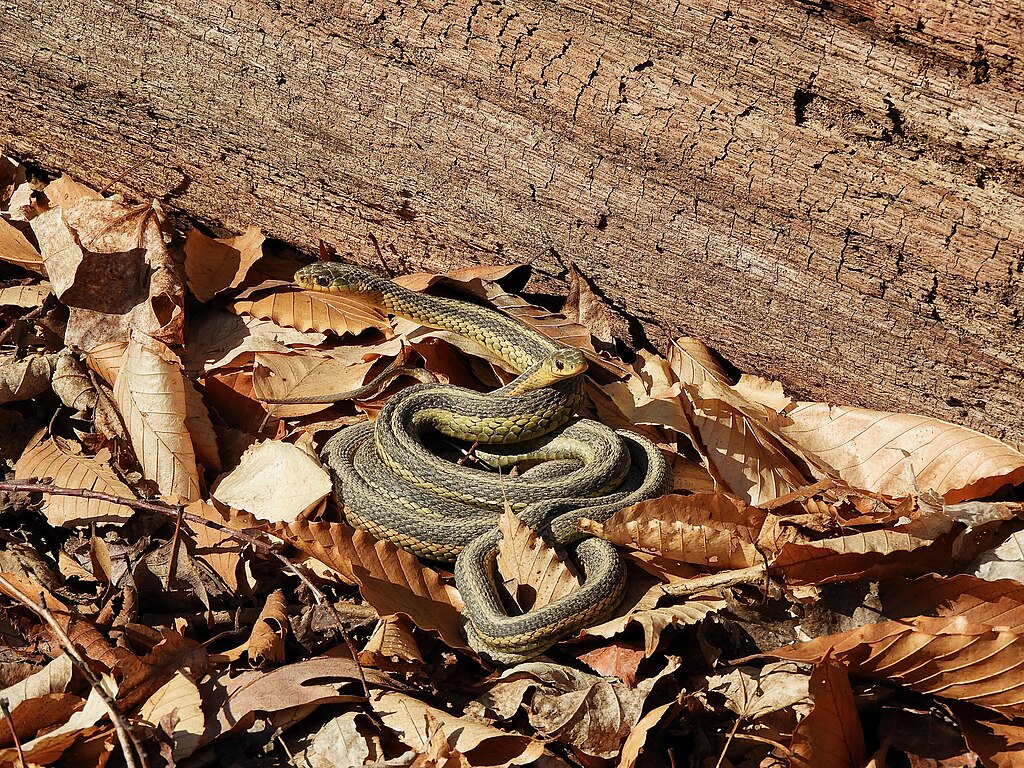
Natural environments present various challenges that can compromise scale integrity, requiring snakes to develop compensatory behaviors. Particularly abrasive substrates, such as certain rock formations or coarse sands, can accelerate scale wear, leading some species to develop thicker scales or modified locomotion patterns that minimize friction. Parasites present another environmental challenge, with ticks, mites, and other organisms potentially attaching to scales or hiding beneath them. Many snakes counter this through increased shedding frequency or by seeking out specific environmental features like ant nests, where the defensive secretions of the insects may help eliminate parasites. Excessive humidity can lead to fungal infections of the scales, prompting affected snakes to seek drier microhabitats until shedding can remove the affected tissue. These responses to environmental challenges highlight the dynamic relationship between snakes and their surroundings in maintaining scale health.
Conservation Implications for Scale-Environment Interactions

Understanding how snakes use their environment to maintain healthy scales carries important conservation implications. Habitat destruction or alteration can remove critical environmental features that snakes rely on for shedding and scale maintenance, potentially affecting their health and survival. Conservation efforts for endangered snake species increasingly consider these specialized environmental needs when designing protected areas or captive habitats. Climate change poses particular challenges, as altered temperature and precipitation patterns may disrupt the environmental conditions needed for optimal shedding cycles. Invasive plant species can transform habitats in ways that affect substrate characteristics, potentially compromising the ability of native snakes to maintain healthy scales. By recognizing the sophisticated relationships between snakes and specific environmental features, conservation biologists can better protect these remarkable reptiles and the ecological services they provide.
Conclusion

The relationship between snakes and their environment goes far beyond simple habitat preference—it represents a sophisticated co-evolution of biology and behavior. Rather than “sharpening” their scales as popular misconception suggests, snakes utilize a diverse array of environmental features to maintain their protective covering through shedding and other processes. From the rough bark that initiates a shed to the humid microhabitats that facilitate it, from the thermoregulatory opportunities that support scale development to the specialized substrates that minimize wear, snakes demonstrate remarkable adaptability in using their surroundings to maintain bodily functions. As we continue to study these fascinating creatures, we gain not only a deeper appreciation for their evolutionary adaptations but also crucial insights that can inform conservation efforts. The story of how snakes use their environment to maintain their scales reminds us that in nature, nothing exists in isolation—even the most seemingly simple interactions reveal complex ecological relationships shaped by millions of years of evolution.

